Not everyone who writes
successful books—be they writers of historical fiction, fantasy, or narrative
nonfiction—have advanced degrees in research or disciplines closely related to
their topic. But they all have one thing in common. They kill it in the
research phase of writing. Ignoring the urge to pull out my eyeballs and give
up is a huge part of what filled my new historical nonfiction book The
Specter of the Indian: Race, Gender, and Ghosts in American Séances, 1848-1890 with
illuminating details about nineteenth-century dark rooms and the phenomena
experienced there by waves of Americans from all classes.
For many writers, the thought
of research can be intimidating. How do you know you’ve collected enough
information? All the information that you need? When do you start to see
yourself as an expert, and able prove it? And let’s not forget the
all-important question: when do you stop researching, and start writing?
Everyone’s mind is different,
and therefore everyone’s method is different. In some cases, every project
is different, and requires a unique approach. But today I’m sharing some of my
research principles—things that I consistently do whenever I conduct research,
whether for nonfiction or fiction, that help me achieve my research goals and
incorporate what I learn into my writing successfully.
1. Being thorough = being
exhaustive
Before I could fully formulate
my ideas and conclusions for The Specter of the Indian, I had to know
everything about the Spiritualist movement. So I dug up everything I could
about Spiritualists in the 1800s. Everything. Every. Single. Word.
Everything Spiritualists themselves had written, everything their critics had
written, every pamphlet, newspaper article, book, journal, photograph,
advertisement. Everything that had already been written by scholars. If
something was printed in the 1800s, and included the words “spirit,” “ghost,”
“medium,” or “séance,” I’ve read it.
This maxim is more in tune
with the rigor expected of academics, and for nonfiction is absolutely
essential. You know you’ve gotten it all when there’s nothing out there you
haven’t seen. In the world of fiction, your goal to, say, understanding
Venetian culture so that you can twist it around and use it as inspiration,
will be reached faster. When you start thinking more about the world you’re
building and less about its muse, you’ve gotten what you needed. The need for
details just won’t stretch as far, because your mind will (at some
point) start using what it’s learned to create a new world.
2. Learn to use a Microfiche
Reader
I use the dreaded microfiche
as an example here. My ultimate point is not to fear outdated or unfamiliar
technologies. This also applies to archives. Don’t be afraid to travel to a
resource, or copy down something in a foreign language, or interview an expert.
Sometimes it’s the only way to get what you want. Not everything you need is on
Wikipedia, and plenty of times, Wikipedia gets it wrong. The internet is wonderful,
but if your research repertoire is solely digital, you’re barely scratching the
surface. I’m thinking specifically of world-building here, whether it’s a
fantasy world you’re creating, a historical context you’re trying to conjure,
or one you’re trying to explain to a reader who knows nothing about the time
period you’re writing about. Authenticity is found in the details, and
unfortunately, the details that might bring your book to life could be stored
in the human memory, in another language, or be shuffled away onto minute print
that requires patience, a good librarian, and a boatload of Tylenol.
3. Browse the stacks
What made the presence of
Indian spirits so important in nineteenth-century séances was their context—how
they were perceived in a world that contained publicly visible living Indians
(think Plains Indians Wars) at the same time that Americans imagined them dead
and gone (The Last of the Mohicans). Spirits are neither living nor
dead, so where do they fit? This is one of the main questions I pose in The
Specter of the Indian. But, if I’d only ever troubled myself with materials
that said “Spiritualists” or some such on the cover, I would not have found
very much. And, I had to remember that Spiritualists did not live in a bubble,
or walk around with blinders on. They lived in the real world, with a million
and one things shaping their worldview. In order to understand the importance
of spirits, I had to understand lots of things—the history of religion and
religious experience, in America and Europe (their cultural ancestor), the
relationship between religion and science, religion and medicine, religion and
technology, religion and politics. And just like that, my reading list got five
times bigger. Any world—fantastical or historical—needs a context, or the story
you’re trying to tell has no meaning. That context is all the different facets
of society that work together to make a whole, and all of them should be
taken into account when describing worlds. What you chose to emphasize is what gives
your narrative (true or otherwise) its flavor.
The path to those details is
not always clear, and doesn’t always show up in a Google or Amazon search. But
if you find a book you think is useful, peruse the titles on the shelf next to
it. I’ve found some excellent resources that way, that I might not have found
otherwise, simply because of how libraries categorize books.
4. Compartmentalize
The first three tips are about
getting enough material to drown yourself in. This last one is about how to
keep your head above water, and remain sane. My research bin is so minutely
managed that if I stood it upright, it would function like the Dewey Decimal
system to my own private library of Xeroxes, handwritten notes, and photographs
of archival material. This is where my A-type-on-overdrive personality serves
me best. I know where everything is, I don’t have to waste time
re-reading material or searching for it in a useless pile, and I can access
only the pieces that I need at any given time. When you’ve compartmentalized
all the information you have, it becomes that much easier to compartmentalize
your writing as well—to make an outline, or split up your workload into
smaller, manageable pieces, rather than feeling overwhelmed and backing off
from the project and slowing your momentum. It can make sense of all you’ve
found, give it a semblance of order, and allow your mind to focus on one thing
at a time while, somewhere in the back of your head, you keep in mind how all
the smaller pieces fit together into a cohesive, compelling whole.
There you have it. The keys to
the research universe. Use wisely.
About the Author
Kathryn Troy has two Master’s Degrees in History from Stony
Brook University.
She contributed to the anthology The
Spiritualist Movement published by Prager in August 2013, and teaches at
Farmingdale State College and Suffolk
County Community College.
In her spare time she pours all she knows about the ghostly and supernatural
into her fiction writing.
Her latest book is The
Specter of the Indian.
WEBSITE & SOCIAL LINKS:
WEBSITE | FACEBOOK
About the Book:
Title:
THE SPECTOR OF THE INDIAN: RACE, GENDER, AND GHOSTS IN AMERICAN SEANCES, 1848 -
1898
Author: Kathryn A. Troy
Publisher: SUNY Press
Pages: 200
Genre: Historical Nonfiction
Author: Kathryn A. Troy
Publisher: SUNY Press
Pages: 200
Genre: Historical Nonfiction
The Specter of
the Indian unveils
the centrality of Native American spirit guides during the emergent years of
American Spiritualism. By pulling together cultural and political history; the
studies of religion, race, and gender; and the ghostly, Kathryn Troy offers a
new layer of understanding to the prevalence of mystically styled Indians in
American visual and popular culture. The connections between Spiritualist print
and contemporary Indian policy provide fresh insight into the racial dimensions
of social reform among nineteenth-century Spiritualists. Troy draws fascinating parallels between the
contested belief of Indians as fading from the world, claims of returned
apparitions, and the social impetus to provide American Indians with a means of
existence in white America. Rather than vanishing from national
sight and memory, Indians and their ghosts are shown to be ever present. This
book transports the readers into dimly lit parlor rooms and darkened cabinets
and lavishes them with detailed séance accounts in the words of those who
witnessed them. Scrutinizing the otherworldly whisperings heard therein
highlights the voices of mediums and those they sought to channel, allowing the
author to dig deep into Spiritualist belief and practice. The influential
presence of Indian ghosts is made clear and undeniable.









































































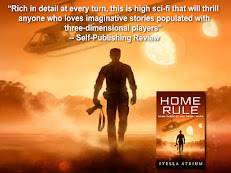



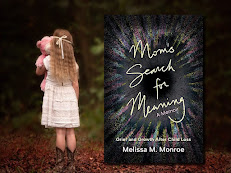



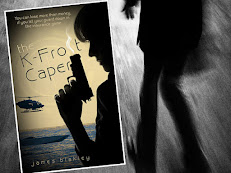
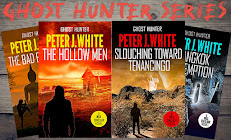
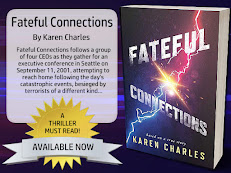
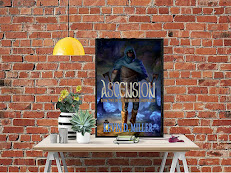






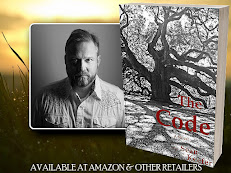

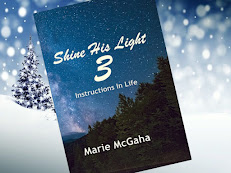

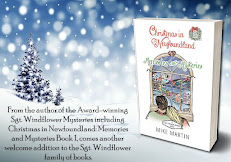








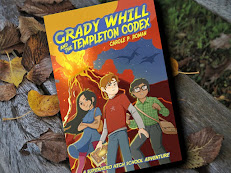










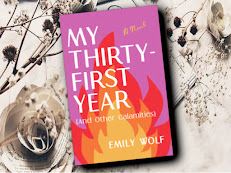
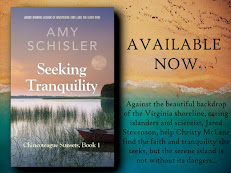
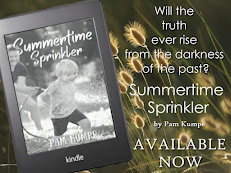




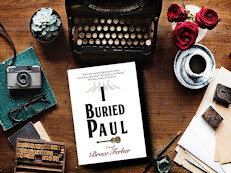
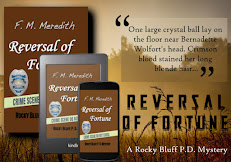


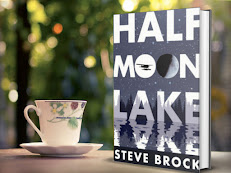









































No comments:
Post a Comment